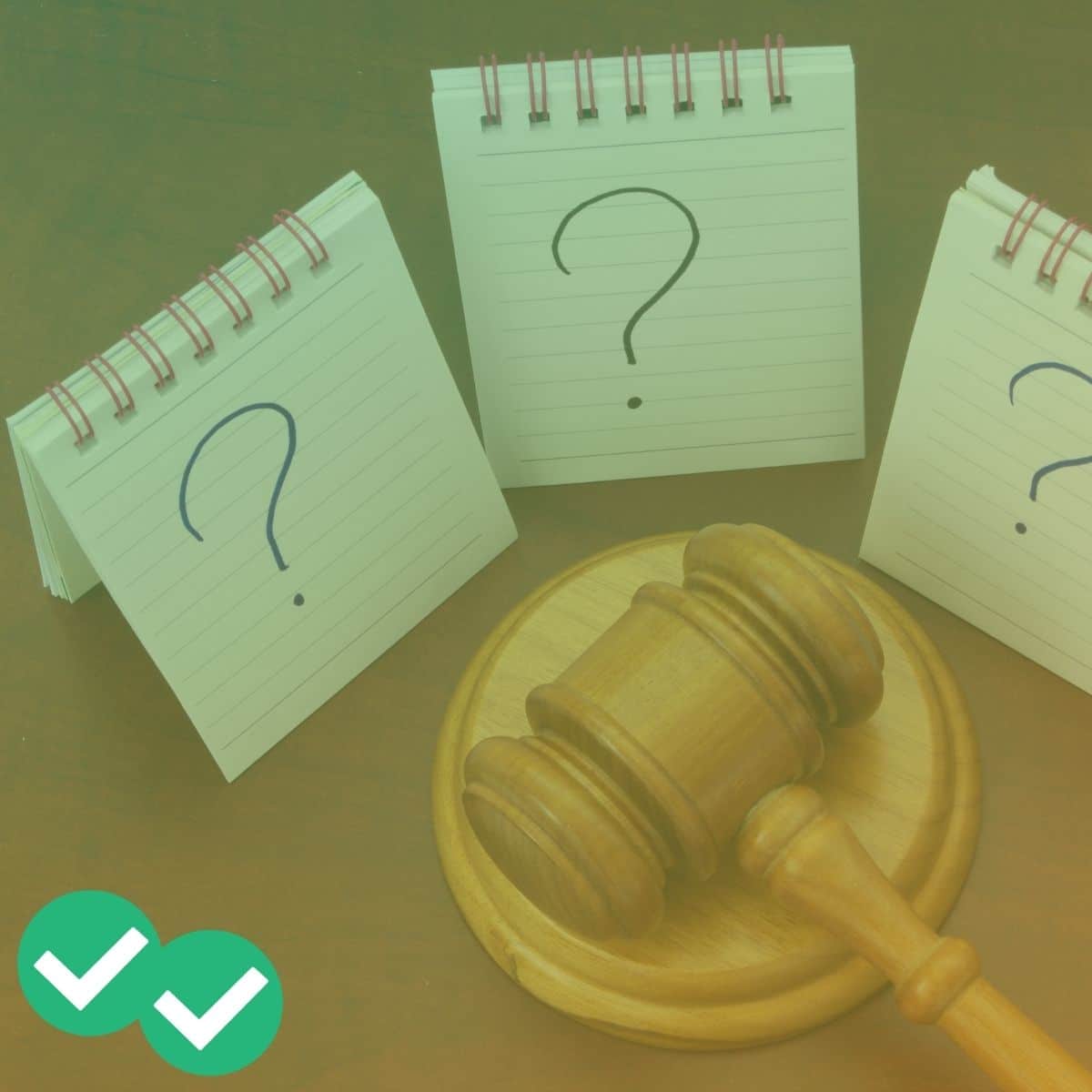
Update: Taking the LSAT in August 2024 or later? Be sure you know about major upcoming changes to the test and plan accordingly. In particular, the Analytical Reasoning section (aka Logic Games) will be removed, and there will be a new argumentative task in the Writing section. If you are taking the LSAT before August 2024, read on…
The LSAT Logic Games (or Analytical Reasoning) section contains four “games,” each with three main components:
- a central setup describing some task that must be completed in the scenario,
- a set of rules to follow when completing that task, and
- 5-7 accompanying questions.
There are three common game types: sequencing, grouping, and matching. The setup, rules, and questions vary in complexity and difficulty, testing various conditions with multiple-choice questions, but a Logic Games section typically contains one or two easier games and one or two harder game scenarios.
Note that after a lawsuit from test-takers with visual impairments, the LSAC (the Law School Admissions Council, the test-maker) is working to make this diagram-based section more accessible. This means that there may be changes over the next four years to this section—stay tuned!
Table of Contents
Logic Game Practice
So just what do LSAT Logic Games look like? Take a look!
A florist is filling three vases with flowers. She has carnations, geraniums, heather, jasmine, and roses. Each vase must contain exactly two or three flower types. Exactly one vase has both roses and heather. All three vases contain jasmine. If a vase contains geraniums, it does not contain carnations.How many vases could contain geraniums?
Click here for the answer!
Jasmine is in all three vases and one vase also contains roses and heather, so there are only two remaining vases with space to add more flowers. No vase can contain both geraniums and carnations, but we are not required to have any carnations at all. Thus, geraniums can go in both of the remaining vases.
Practice your analytical reasoning skills with even more specific questions using the mini logic games LSAT flashcards—and remember to use the new tactics you learned above! Then, try them in a full section on a free LSAT practice test!
Types of LSAT Logic Games
With that in mind, take a look at the different types of logic game you’ll see on test day. Each has a different set of conditions that test-takers must meet to find the correct answer. Keep in mind that you may see different names for these question types in different places, but they refer to the same general categories. Also, note that most students will see 2-3 Sequencing games and at least 1 Grouping game (or a Sequencing/Grouping hybrid). Matching, Mapping, and the other hybrid games are much rarer, and there’s a good chance you will not see these on test day.
| Logic Game Type | What does it involve? | How often will it come up? |
|---|---|---|
| Sequencing Games | Sequencing games have only one set of variables and one set of ordered spaces in which to place them. | Around 2 games per test |
| Grouping Games | Grouping games provide you with only 2 or 3 categories where your variables will be placed. | 1-2 games per test |
| Matching Games | Matching Games always contain two different sets of variables (for example, people and pets, or shirts and pants), but they do not contain any ordered spaces. | 1 max per test |
| Sequencing/Matching Hybrid Games | Like Matching games, Sequencing/Matching hybrids will have two sets of variables, but they require you to place the sets of variables in order. | 1 max per test |
| Grouping/Sequencing Hybrid Games | Grouping/Sequencing hybrids will contain only one set of variables, but you will be asked to place those variables into groups, some or all of which may have internal order. | 1 max per test |
| Mapping Games | A mapping game will give you information about a subway system or train schedule, and you have to design the map based on the information given. | 1 max per test |
Now that you know the types of LSAT Logic Games that you’ll see on test day, check out how to diagram each type of game of more details on spotting and diagramming them!
How to Approach LSAT Logic Games
If you’ve drawn a clear, accurate master diagram, and you’ve incorporated question-specific rules into new diagrams, you’ll easily find answers to many LSAT Logic Games questions. However, there will always be a few very difficult problems. The trick is to choose when to tackle these harder problems. With that in mind, let’s run through a few key LSAT Logic Game strategies you can use to get better at—and succeed on—this part of the exam.
- Tackle the easiest games first. Many students feel more time pressure on the Logic Games section than they do on any other section of the exam. So, the very first thing you need to do when you start the Logic Games section is to look at all of the games, and figure out which ones will be the easiest for you to do. You have no time to waste! This approach will give you some needed confidence and tackling the easiest games first will give you ample time to answer the questions you have the best chance at answering correctly.
- Similarly, leave tough questions for the end of the game. Sometimes you can use information you’ve learned in earlier questions to determine the answer to a difficult question more quickly. Get more pacing tips in our post on how to get faster at Logic Games.
- Read every word. The Logic Games section is different from other sections on the LSAT because every word provided is critical. Your job is to decipher what’s important. For the games, you absolutely need to review the rules and ensure you understand them. If you miss just one, you’ll likely get several questions incorrect.
- Don’t make illogical assumptions that aren’t in the text. If a rule tells you that Arnold beat Jane and Karl in the race, all you know is Arnold was ahead of both Jane and Karl. You don’t know the order of Jane and Karl relative to each other—the fact that Jane’s name is before Karl’s in the rule doesn’t tell you anything about her placement in the race.
- Make inferences. Simply committing all the rules provided to memory and working off those given rules is not sufficient to score well. You must be able to link two rules together to produce a more powerful and useful rule. For example: Ben sits ahead of John. John sits ahead of Laurie. Since Ben > John and John > Laurie, you can infer a new rule—Ben sits ahead of Laurie. Looking at you, making inferences and picking up points!
- Use the process of elimination. Even if your answers to other questions don’t provide a definitive solution to a difficult question, they may tell you which answer choices are wrong. Eliminate as many answer choices as you can, and then, if you’re running out of time, make an educated guess between the remaining options.
- If you can’t rule anything out and the clock is ticking, circle the question and move on to the next game. The worst thing you can do in LSAT Logic Games is steal time from easier games or questions. Make sure you leave enough time to answer every easy and medium question in the section. Once that’s done, you can go back and use any remaining time to tackle a couple of the most difficult questions in the section.
- Practice, practice, practice. Of all the sections on the LSAT, Logic Games is where students often see the biggest improvement. Take your time in the beginning of your studying to get past your frustrations with Logic Games. Keep diagramming and practicing your formal logic and making inferences—you’re bound to see a jump in your score. And who doesn’t want a better LSAT score?
For additional tips for the Analytical Reasoning section of the LSAT, check out more on the basics of LSAT logic games, then read expert advice on how to study for logic games!
Takeaways
Just like in other sections of the LSAT, from Logical Reasoning to Reading Comprehension, there’s a lot to keep track of when you work on LSAT Logic Games/the LSAT Analytical Reasoning section. This involves everything from understanding formal logic to diagramming various game types. Remember to work quickly but methodically through the rules and spend time setting up your master sketch. By practicing these steps over and over, you’ll be ready to tackle anything the LSAT throws at you.





